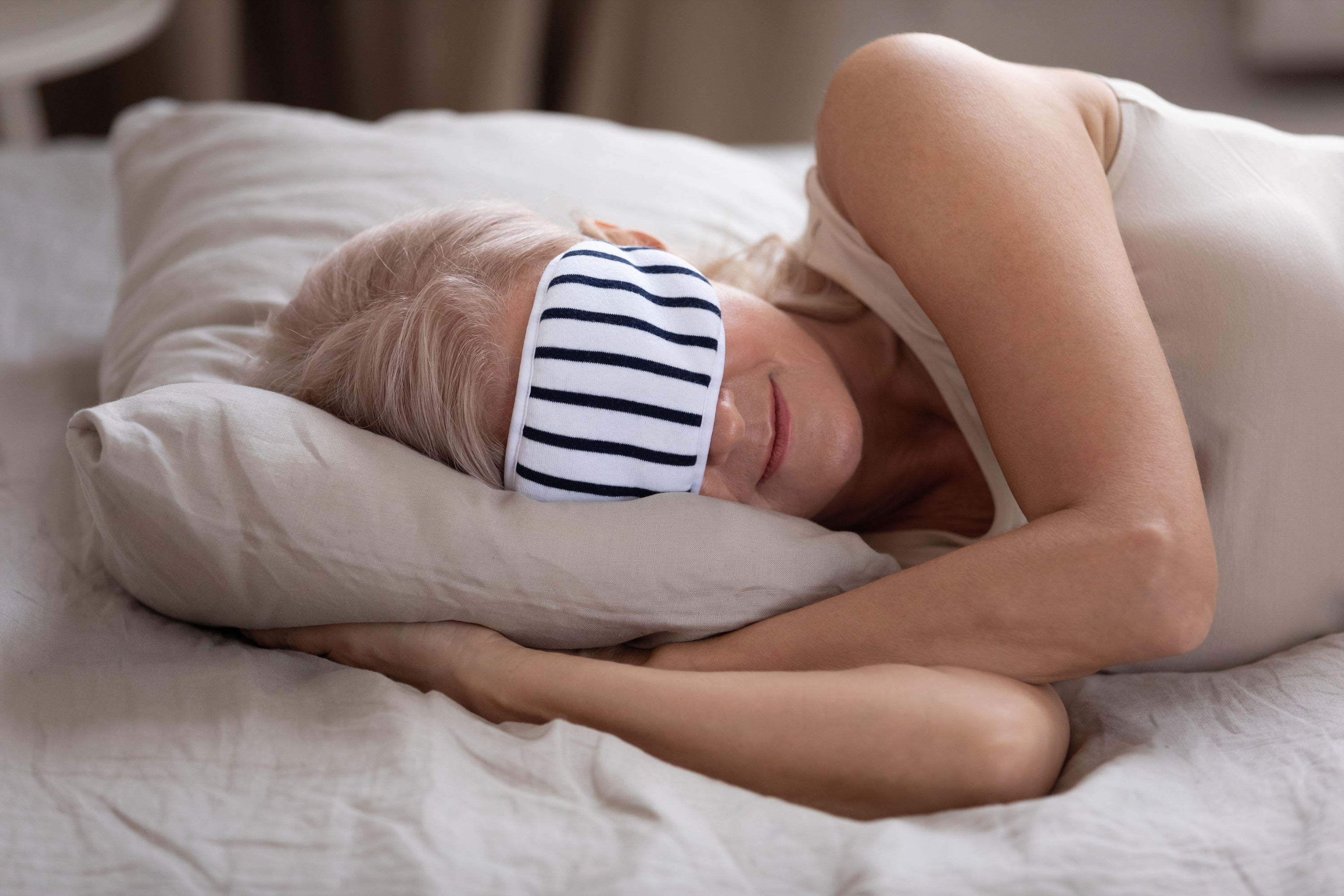ARTICLE AD BOX
Beyond simple comfort, the position we sleep in can significantly impact our health, experts say.
While most adults understand the importance of seven to nine hours of nightly rest, the posture we adopt during those hours may be just as crucial.
Whether you prefer curling up on your side, stretching out on your back, or lying face-down, your chosen sleeping position could be influencing everything from back pain to snoring. The ideal position, however, varies depending on individual needs and health conditions.
“Different sleeping positions generate different surface contact, putting pressure on various joints,” explains Dr Hana Patel, NHS GP and resident sleep expert at Time4Sleep. “The three basic sleep positions – supine (lying on your back), side, and prone (lying on your front) – require different types of support when it comes to your mattress.
“Unsupported sleeping positions, like sleeping on your stomach, can place stress on the spine and lead to back pain.”
Sleeping positions impact back pain
“Sleep is massively important for recovery, regeneration and injury prevention, but for those living with back pain it can feel impossible to get the optimum eight hours per night,” recognises Mr Michael Fatica, lead osteopath and co-founder of Back in Shape Program.
“To make matters worse, back pain and sleep are interconnected, with some research showing that insufficient sleep can exacerbate problems, so it can feel like an unwinnable battle for many sufferers.”
Which sleeping positions should people with back pain avoid?
“If you have back pain, you should try to avoid lying face down to avoid increased pressure on your spine and neck,” says Patel.
“Instead, try sleeping in one of two positions; the first is on your side with the knees drawn up, and the second is on your back with a small pillow underneath the back of the knees to maintain the natural curve of the lower back.”
The best sleeping positions for breathing
“If you have breathing issues like sleep apnoea, then your symptoms may be worse when lying on your back because gravity can cause the tongue and soft palate to fall back and narrow the airway,” says Patel. “Try sleeping on your side to combat this.”
Is there a best sleeping position or does it depend on individual factors?
“There is no perfect position for good quality sleep that I would recommend, as it often differs from person to person,” says Patel. “The NHS generally recommends not to sleep on your front as you are more likely to move out of the midline position and strain your neck.
“Several studies show that sleeping on the right side is associated with improved sleep quality, like fewer awakenings in the middle of the night. Another study has found that sleeping on your left side is associated with less acidity and reflux symptoms.”

There are some instances, such as during pregnancy, where the NHS recommends a particular sleeping position.
“For example the safest position to go to sleep while pregnant is on your side, either left or right,” says Patel, “This helps to improve the flow of blood and oxygen to the baby, and is safer for both it and the mother.”
What you do in the evening before you go to bed can improve the quality of your sleep, especially if you have back pain.
“If you’re sedentary, move more in the crucial ‘two hour’ window before bedtime,” advises Fatica. “Go for a walk, make a drink, perform some light stretches such as some simple hip flexor and hamstring stretches.”
Stress can also significantly impact sleeping patterns, adds Fatica.

“Establishing a relaxing bedtime routine will help your mind and body wind down,” says Fatica. “This could include reading a book, listening to calming music, or practicing meditation or deep breathing exercises.”
In addition, it’s important to invest in a good mattress that works for you.
“There aren’t bad mattresses, just old mattresses,” says Fatica. “It’s also impossible to say whether a hard mattress is better than soft.
“Ultimately, it’s what best allows you to sleep with your spine in a neutral position – everybody is different.”
And if you are struggling to sleep, grab an extra pillow.
“For optimal spine alignment and to help alleviate pain, simply placing a pillow between the knees can significantly help when sleeping on the side, it can also be used to make sure your neck is aligned properly if you have thinner pillows,” says Fatica.









 English (US) ·
English (US) ·